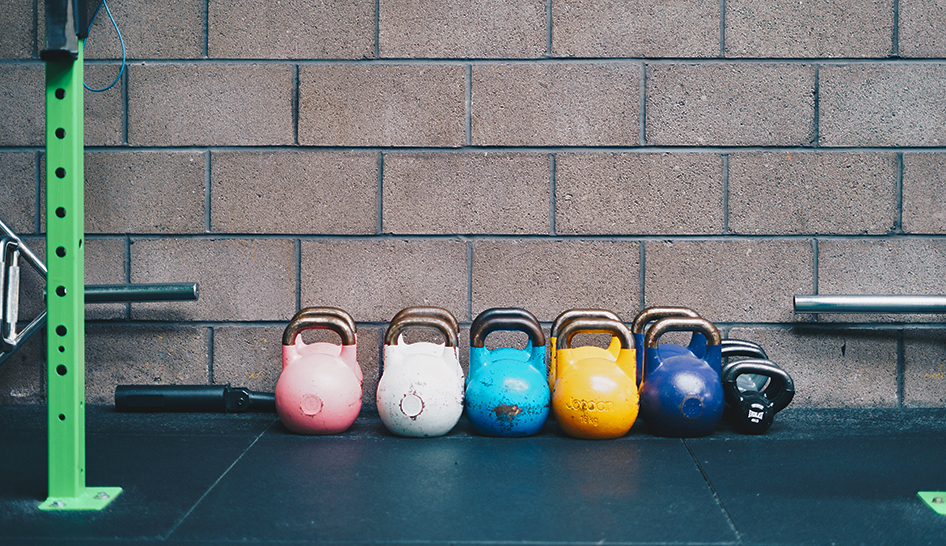New thoughts and changes in perspectives have emerged over the past few months as well. Below are the newer concepts that arose from the discussion on January 7, 2021:
Clubs and their sales teams are taking on a “lifestyle strategy” approach.
It’s understood that the concept of “total wellness” in the club is nothing new. However, clubs and industry experts are seeing this concept woven into the relationship-building process. Generating leads and increasing marketing reach is just the start, and the focus is now on changing someone’s life rather than just selling a club membership.
The clubs now need to hold themselves accountable for the success of the client in addition to holding the client themselves accountable to their goals in order to keep them. Michele Melkerson-Granryd, general manager at Castle Hill Integrative Fitness in Texas, put it well by saying, “...We can help with accountability—that treadmill sitting in the living room can't.”
Brick-and-mortar facilities are continuing to share the fitness space with at-home equipment and resources. When it comes to a big lifestyle change for new or existing members, these commitments to goals are not taking place in their “normal” way when you factor in the in-person environment, the virtual environment, and the other resources a club can provide during this time. Motivation and goal-setting methods are changing, but the connection to an industry professional through the club is still strong. Clubs can leverage this to help the client and their member base, whether that is through virtual check-ins, physically distanced training and more. The club is no longer just a strategy to reach a fitness goal, but a lifestyle strategy as a resource for nutrition, mental wellness, and community connection.
The evolution of communities and the new “accountability buddy.”
Community has always been a crucial and enjoyable element of the physical club space. Micro-communities (or pods) are popping up within clubs as small pools of people take advantage of different offerings. Some have returned to in-person only offerings; some exclusively are working out at home and creating communities virtually; others are a combination of both communities. Regardless, one trend that is emerging is the community as a whole is a resource for accountability.
As we mentioned above in relation to leveraging your ability to hold people accountable for a lifestyle strategy, accountability buddies are not new. These are friends, family, or fitness industry professionals who are helping an individual stay accountable to their goals.
However, the way accountability partners are structured is evolving. Clubs are now approaching the entire community as the source for accountability including staff and other club members, in-person and virtually. It seems that it’s no longer just one “buddy”, but instead a full supportive network within—and outside of—the club.
The purpose of the community has shifted. What was once focused on social elements and basic connection is now the lifeblood to reaching goals. The club has a possible role in becoming a bigger network for support and accountability.
The word “convenience” is now defined as…?
How would you have defined the word “convenience” when it comes to your facility over one year ago? Perhaps you were close to a corporate park and the club was in a convenient location. Or maybe you offered quick and efficient workouts that kept busy people on their schedule. Now, rethink it. What about your offering is convenient now?
The phrase “meet the customer where they are” resounded across many of the small groups during the Think Tank discussions. Yes, we know we need to offer a virtual component in addition to in-person offerings, but:
- How often do you change your schedule of offerings?
- What are you charging for virtual or in-person visits?
- Is it easy or convenient to join or cancel?
- Are you accessible and are your offerings easy to understand?
- Are you collecting feedback from members and staff?


